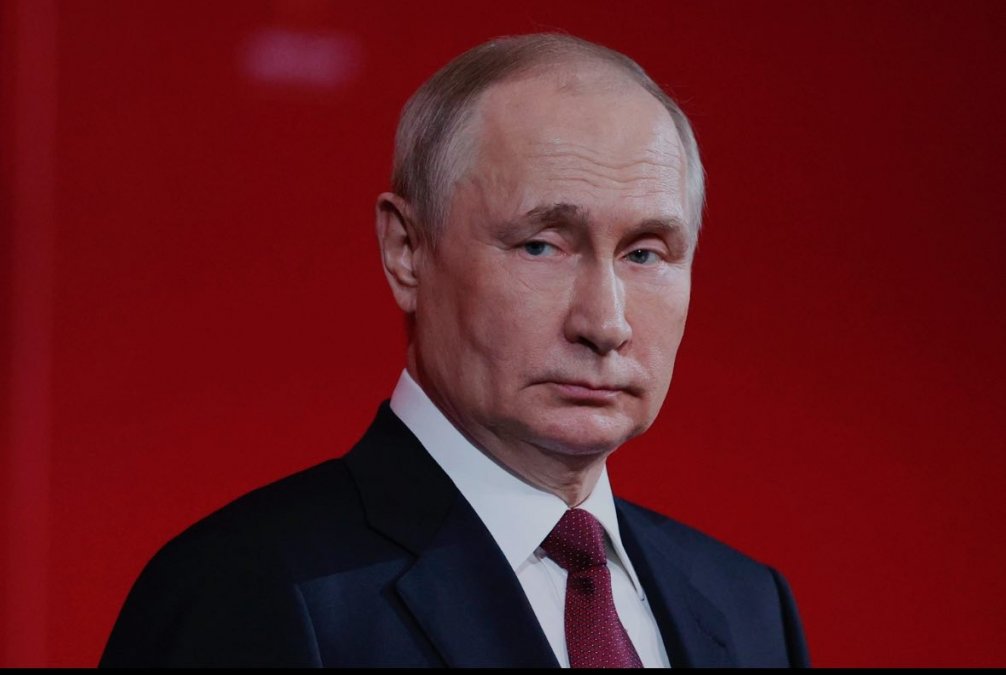Where is Putin’s red line?
Where is Putin’s red line? Vladimir Putin, the President of Russia, has always followed a clear formula regarding the escalation of tensions. He endures increasing pressures for a while, but eventually, his patience runs out and he reacts.
This history proves that his decision not to react strongly to Ukraine’s attack on the Kursk region of Russia should not be seen as evidence that his red lines are a bluff. Since coming to power nearly a quarter of a century ago, Putin has sought to achieve an equal standing with the West led by the United States.
Once recognizing NATO as a partner and even seeking Russia’s membership in it, he always believed that Russia’s size and historical role in global affairs deserved special treatment. From his perspective, Russia is not just a country like others, and the West must come to terms with this reality. Such a view meant that the West should consider Russia’s interests and its different perceptions of risk in its decision-making.
However, the West had a different viewpoint. When NATO accepted the three former Soviet republics of Estonia, Latvia, and Lithuania as members in 2004, Putin saw this move as an existential threat. But it was the prospect of Ukraine and Georgia joining NATO that pushed Putin to the breaking point and became one of the main motivations for Russia’s attack on Georgia in 2008.
This reaction from Russia might initially seem radical, but in reality, it aligns completely with the nature of Russia. Like all Soviet leaders, Putin harbors a deep fear similar to Raskolnikov, the protagonist of Dostoevsky’s classic novel ‘Crime and Punishment,’ who believes that anyone who does not respond decisively to life’s humiliations is considered a coward, without rights or benefits that anyone would protect.
For Putin, accepting the disregard or hostility of other powers and coming to terms with them has never been an option.
Putin was very clear on this from the start. When he began his presidency in 2000, he warned the West that if they sidelined Russia, they would have to find allies and strengthen themselves. There was no other choice. Therefore, when the United States openly supported the Ukrainian revolution in 2014, which led to the overthrow of the pro-Russian President Viktor Yanukovych, Russia reacted by annexing Crimea.
The taunt by U.S. President Barack Obama, who called Russia a regional power, only strengthened Vladimir Putin’s resolve to solidify Russia’s global position. In 2022, by launching a full-scale invasion of Ukraine, Putin showed how serious he was about this goal. He decided that if the West did not give Russia the respect it deserved, he would defend his country’s interests by force. What other option did he have?
Therefore, when Putin says that if the U.S. and the UK allow Ukraine to fire long-range Western missiles at Russia, a NATO-Russia war will be inevitable, this warning should not be ignored.
Although Putin has not directly threatened to use nuclear weapons and has only hinted that the changed nature of this war would require a specific response, some of his close associates have explicitly threatened to use these weapons.
Since the beginning of Russia’s invasion of Ukraine, there have been many concerns about the expansion of the war and conflict beyond Ukraine’s borders.
The main challenge facing the West is to ensure that the tragic confrontation occurring in Ukraine does not turn into an apocalyptic disaster.
This means preventing the escalation of conflicts that could lead to broader confrontations between global powers and even carry the risk of using nuclear weapons.

